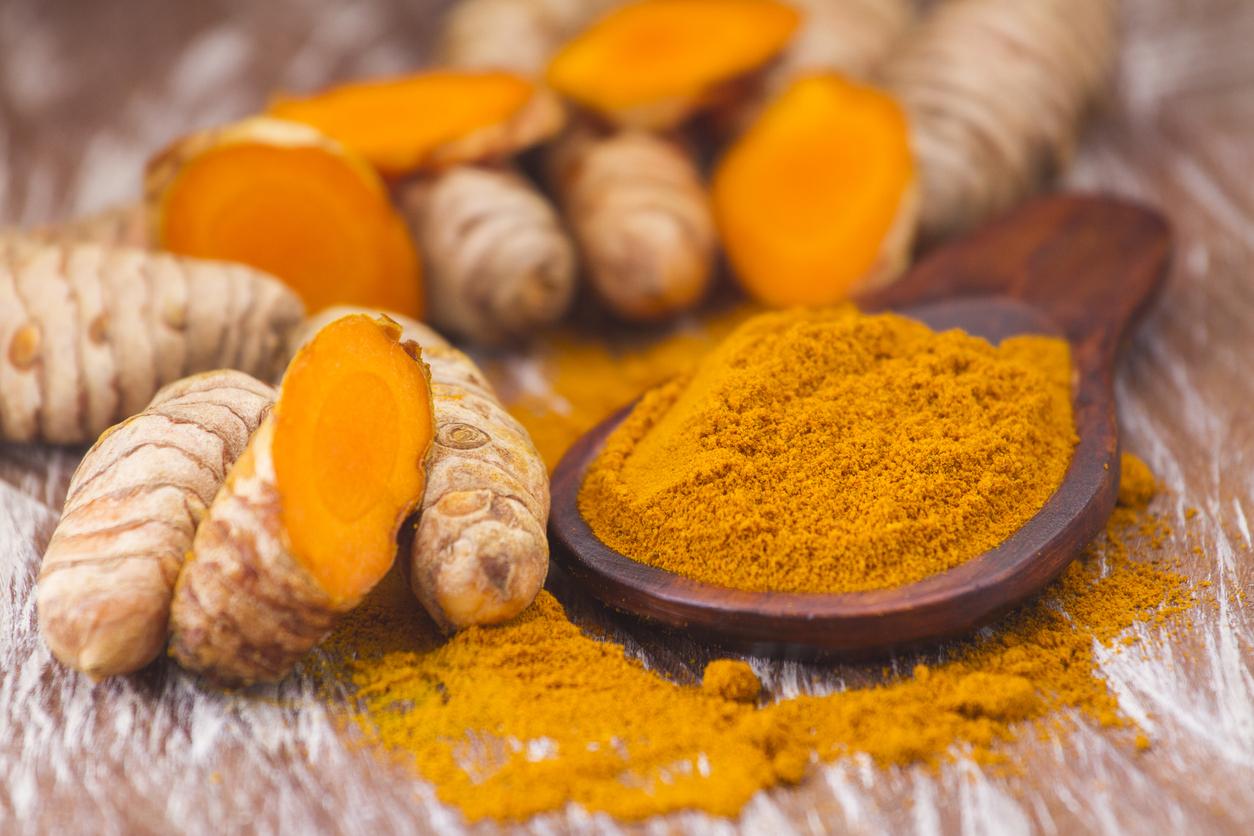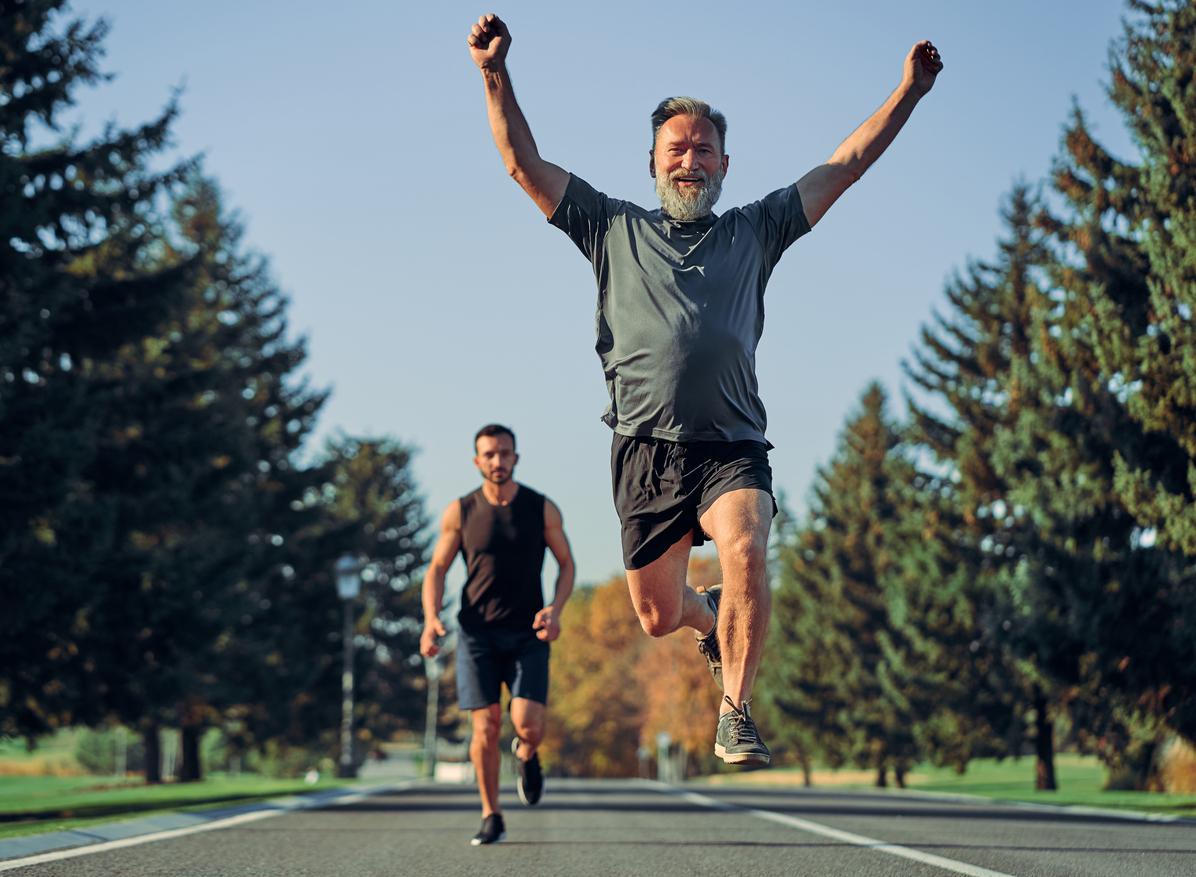The proteins present in the blood could influence the way an individual reacts to physical exercise. Thus, depending on these, the benefits on his overall health would not be the same.

- The beneficial effects of sport vary from one individual to another.
- This difference would come from the different proteins in the blood.
- Researchers have succeeded in identifying the proteins that were associated with certain virtues of sport, in particular cardio-respiratory.
At any age, doctors recommend regular physical activity. Sport is recognized for its virtues on the health of individuals but, from one person to another, these effects are not the same. A new study, published in the journal Nature Metabolism shows the correlation between physical fitness and overall health, as well as the reasons behind the differences in the benefits of sport.
Studying proteins in the blood to understand the effects of sport
“Although groups as a whole benefit from sport, the variability in responses between two individuals doing the same physical exercises is actually quite striking, assures Robert E. Gerszten, one of the authors of the study. For example, some will increase their stamina while others will see an improvement in their blood sugar levels.”, ie the level of sugar in the blood. According to Robert E. Gerszten, until now, nothing made it possible to predict which patient profiles were most likely to derive benefits from sport on their cardio-respiratory health. To find out, the research team studied 5,000 proteins in 650 sedentary adults before and after a twenty-week endurance exercise program. “We primarily wanted to look at proteins in the blood in order to analyze the effects of exercise, as there is a growing body of evidence showing that exercise stimulates the secretion of chemicals into the bloodstream which may transmit their effects on distant organs”, explains Jeremy Robbins, lead author of the study.
Those with similar protein profiles would derive the same benefits from sport
Of all the proteins studied, 147 indicated the Maximum Volume of Oxygen – or VO2max – of an individual. This is the highest amount of oxygen an individual’s body consumes during intense physical exertion. It is calculated per unit of time. Another 102 proteins were used to estimate the change in VO2max of the study participants after the twenty weeks of the endurance exercise program. “We have identified proteins that come from bones, muscles and blood vessels, which are strongly linked to cardio-respiratory fitness and which have never been associated with physical training responses“, develops Robert E. Gerszten. The authors also observed that some individuals who had similar VO2max protein profiles derived the same benefits from sport. Protein profiles are the study of several proteins selected because of their involvement in major body functions, here VO2max, and the meanings of their variations.
A protein score to anticipate the effects of sport
Using this information, scientists determined a protein score to improve the ability to predict an individual’s training, i.e. change in VO2max. “Baseline levels of several proteins predicted who would respond to the training protocol”, explains Robert E. Gerszten. Thus, with this score, the researchers could identify upstream the participants who could not significantly improve their cardio-respiratory condition despite their participation in the exercise program.
“An important step in the individualization of exercise as therapy”
In a separate community study but featured in the same article, scientists found that some of these proteins were linked to a high risk of premature death. This shows the link between cardio-respiratory health and long-term health impact. “We now have a detailed list of new blood compounds that improve our understanding of the biology of fitness and exercise adaptation, and predict individual responses to a given exercise regimen, concludes Robert E. Gerszten. Our study (…) is an important step in the individualization of exercise as therapy.”
In the coming years, the scientists hope to continue their research in order to refine their analysis of the effects of each of these proteins before and after sport.
.















